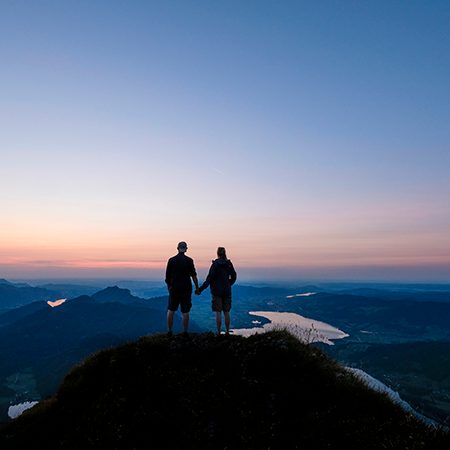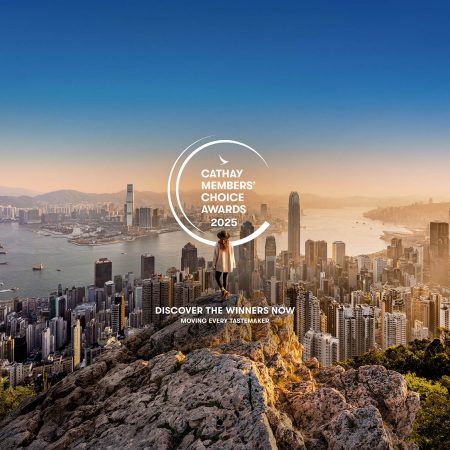From Jaffna to Wilpattu: adventures in north Sri Lanka
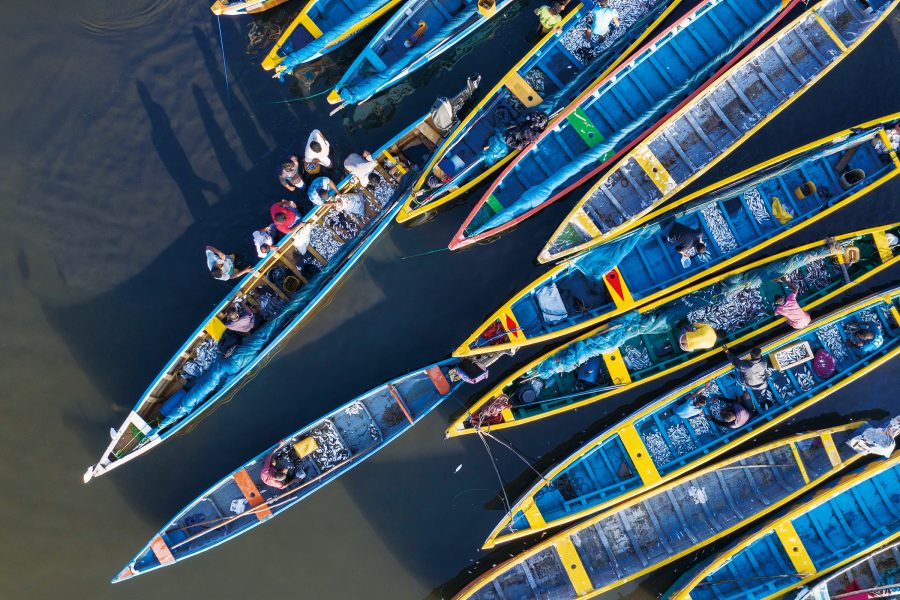
Gentle waves lap at the rocky shore before me. Smatterings of green, blue, yellow and red mark the shallow waters: small fishing boats, upon which fishermen stand pulling nets on board after emptying their morning catch ashore. The sun beams down from a cloudless sky, making the water sparkle as it flows with the tide. This is Point Pedro, a small fishing port on the Jaffna Peninsula and the northernmost point of Sri Lanka.

Credit: Prisma by Dukas Presseagentur GmbH/AlamyStockPhoto

Credit: Charlie Robertson
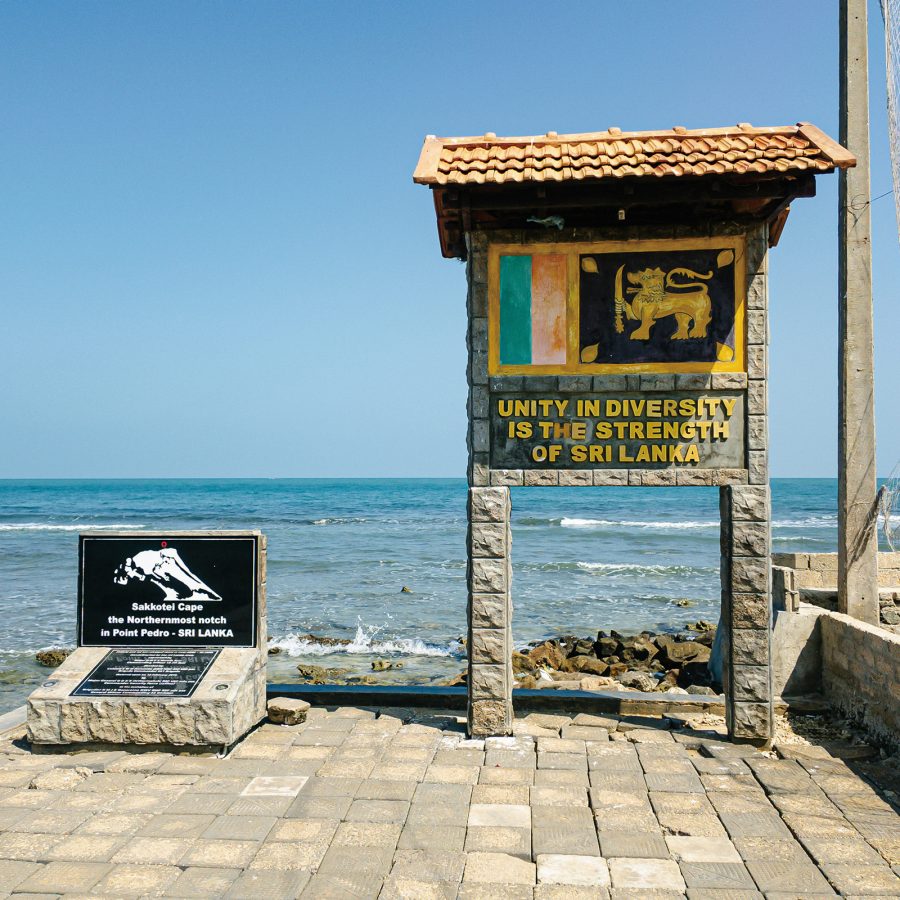
Credit: Charlie Robertson
It’s not my first time in Sri Lanka, but it is the first time I’ve ventured to the island’s north, and it feels decidedly different. On my train journey up from the capital of Colombo, I watched rainforests give way to lagoons and dunes as I neared my destination: Jaffna. There are no undulating tea hills here but the region has its own beauty. Long stretches of beaches, palmyra trees and wetlands are defining features of the north, the latter drawing migratory birds such as flamingos, pelicans and ducks seasonally.
Tourism is still in its early stages in Jaffna. Unlike much of the rest of the island, Jaffna is home to a majority Tamil population, and exploring this region feels less like ticking off a list of landmarks and more like immersing yourself in the storied and deeply rooted Tamil culture. The area is still rebuilding after the civil war which ended in 2009 and, in some areas, the Indian Ocean tsunami of 2004. Among streets lined with brightly decorated houses, the ruins of the Jaffna Kingdom stand as reminders of the past – from the palace of the last king of Jaffna to Jaffna Fort, constructed from intricately patterned blocks of coral, alongside other temples and monuments.

Credit: John W. Banagan/Getty Images

Credit: Craig Pershouse/Getty Images
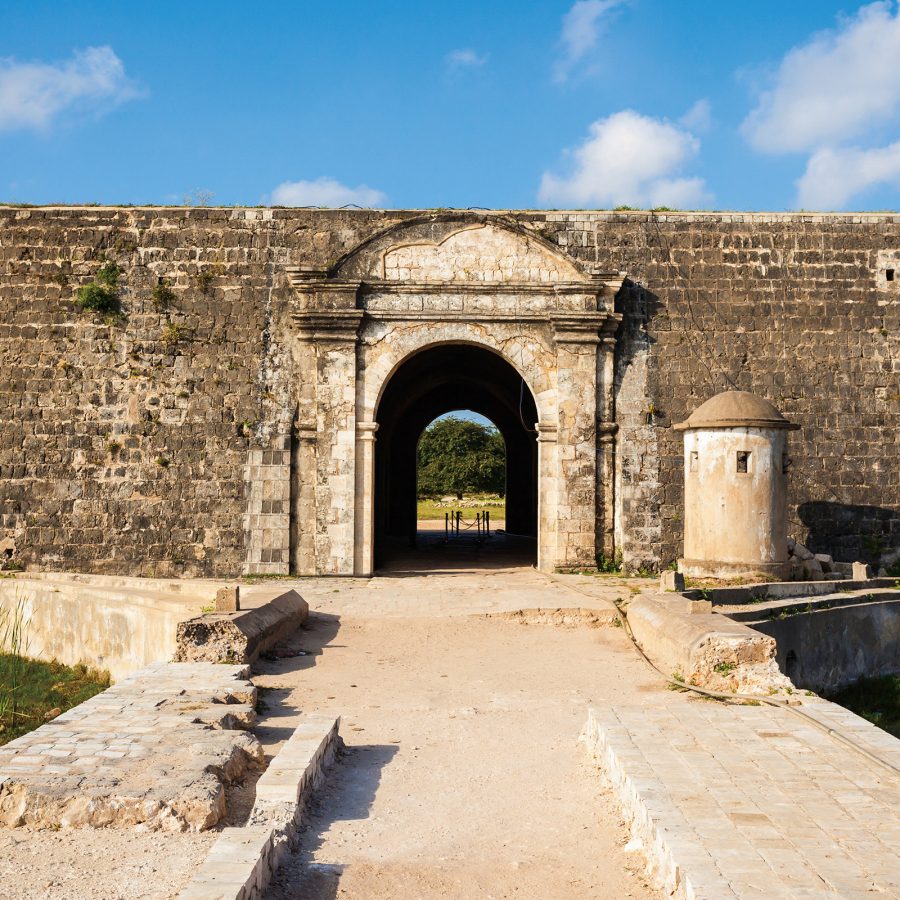
Credit: saiko3p/Getty Images
The Jaffna Peninsula comprises three main regions, Valikamam, Vadamarachchi and Thenmarachchi, as well as several smaller islands. One of these, Delft, had a population of about 20,000 before the war, my guide Sam tells me on the boat journey there. “But after residents were displaced and discovered the benefits of living closer to the city, most chose not to return.” Now, fewer than 3,000 people reside on this 11km-long, 6km-wide remote island which lies 30km off the coast. The outcome? True escapism.
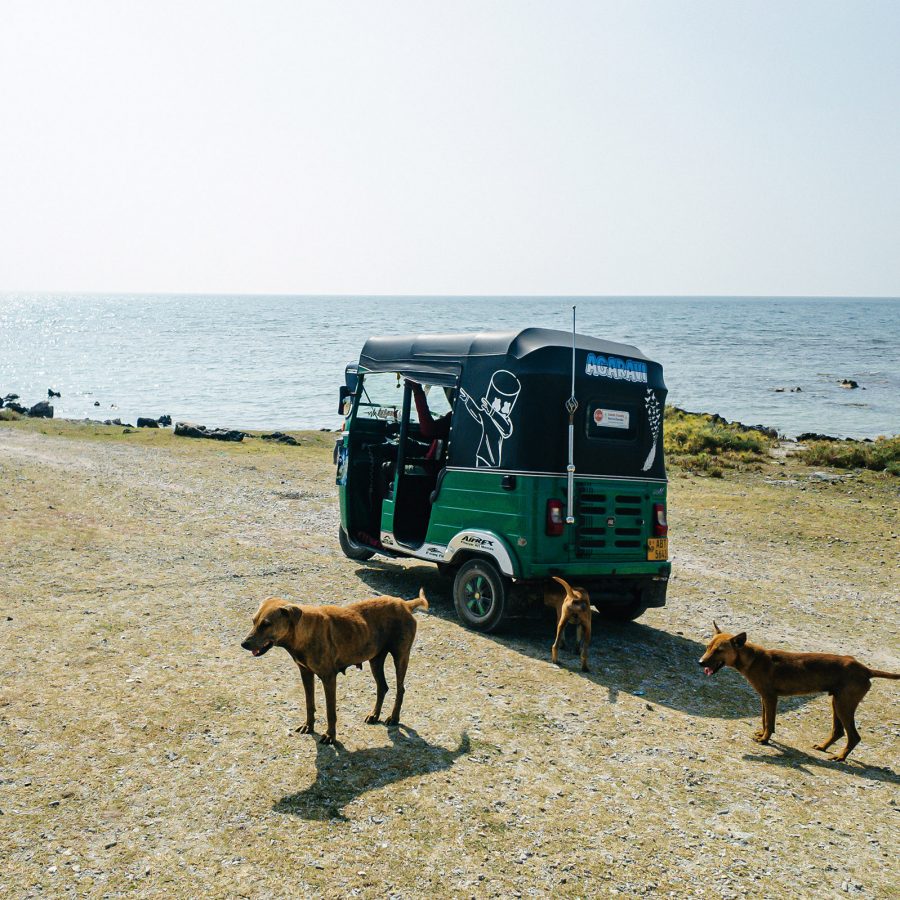
Credit: Charlie Robertson
I explore Delft (locally known as Neduntheevu) by tuk tuk. My driver is a fisherman who shows the island’s handful of tourists around in his spare time. Of the many wonders I see on Delft, wild ponies, left behind by Portuguese rulers, are by far the most spectacular. As we drive farther into the quietude of the island, we find a large drove of them frolicking next to and drinking from a watering hole.

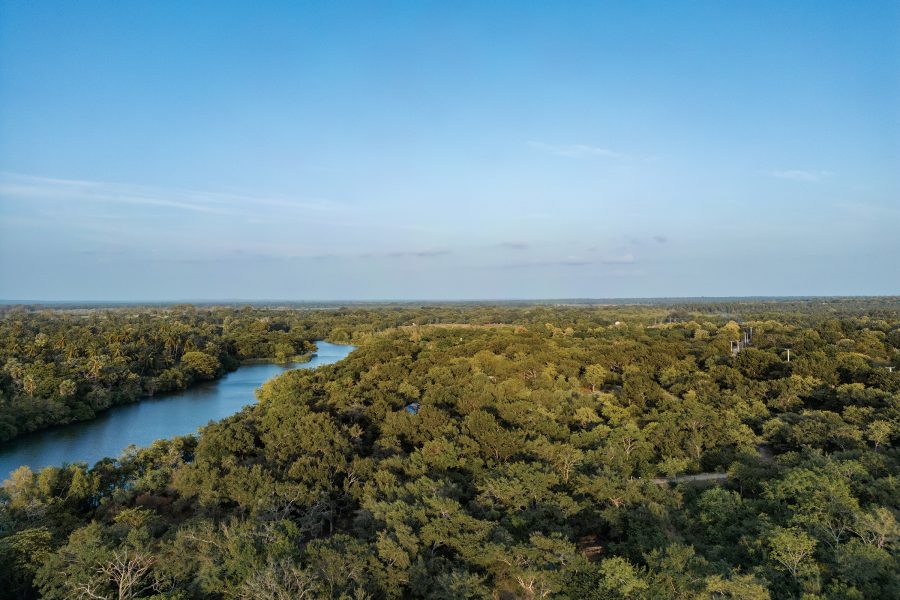
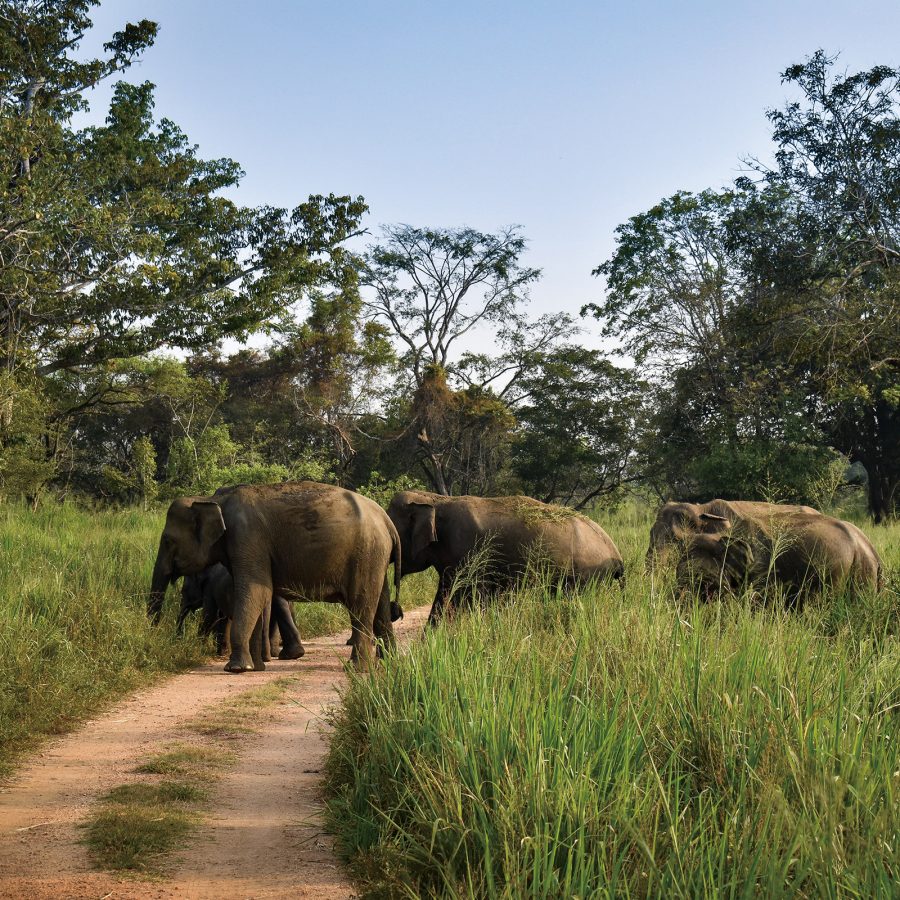
Credit: Kasun Weerasekara/Getty Images
Wild ponies and rare birds aren’t the only wildlife found in the north. At Wilpattu National Park , you’ll find all manner of animals, including the spotted deer, Asian elephant, rare, purple-faced leaf monkey and jungle cat. But it’s another cat that draws safari-goers to this protected area: the majestic leopard.
I’ve glimpsed one before at Yala National Park in the south, but my guide, Ravi, tells me there’s a much higher chance of seeing these creatures at Wilpattu. “More than 300 leopards live within this national park; there are fewer than 100 in Yala,” he says.
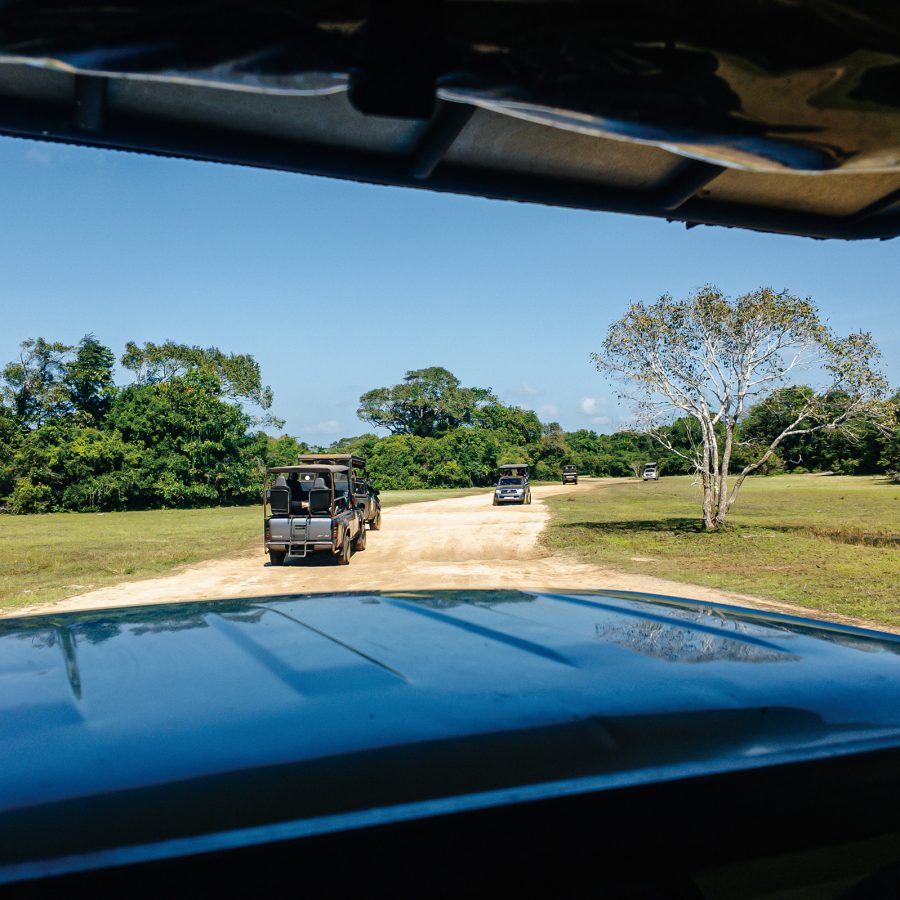
Credit: Charlie Robertson
We’re the first to enter the park the following morning. The fresh dewy air whips my face as we bounce across rocky trails and the sunrise burns orange and red into the sky behind the vast landscape. Monkeys play in the treetops above and alligators scurry into shallow waters as our Jeep ventures deeper into the park.
For the first hour or so, we don’t see another vehicle. “Wilpattu is the largest national park in Sri Lanka,” Ravi tells me. “It has a very different landscape to other parks. Wilpattu means ‘land of villu’ or ‘the land of lakes’.” It also has a denser forest cover than many of the country’s other national parks – for which I’m thankful as the temperature creeps up.
As our journey nears its end, Ravi quietly asks the driver to halt. Handing me a pair of binoculars, he gestures into the trees on the right. I look. There, perched on a fallen branch in the distance, a leopard looks back at me.
Getting there
Jaffna is 400km from Colombo – a six-hour train journey or an eight-hour drive. Wilpattu National Park is 200km from Colombo and can be reached in four hours by car.
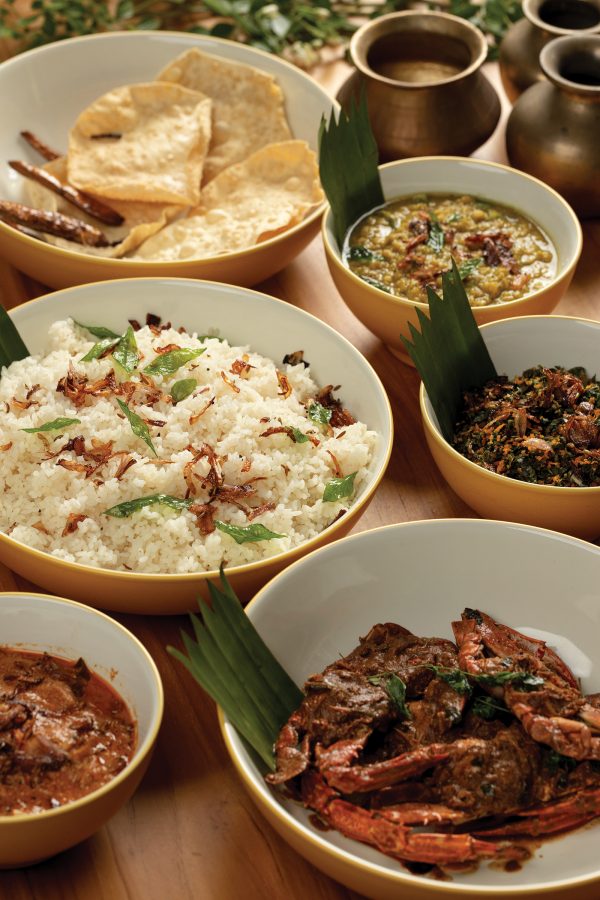
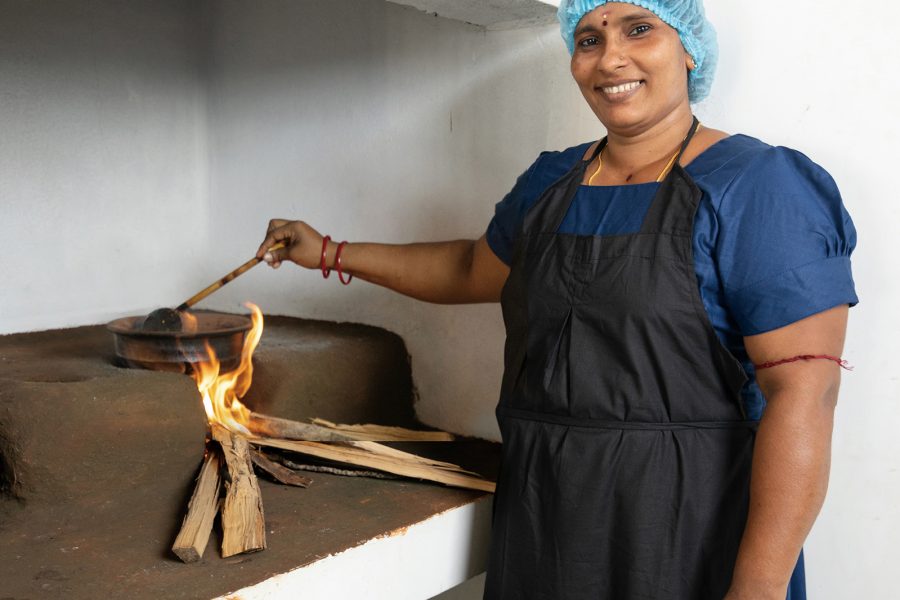
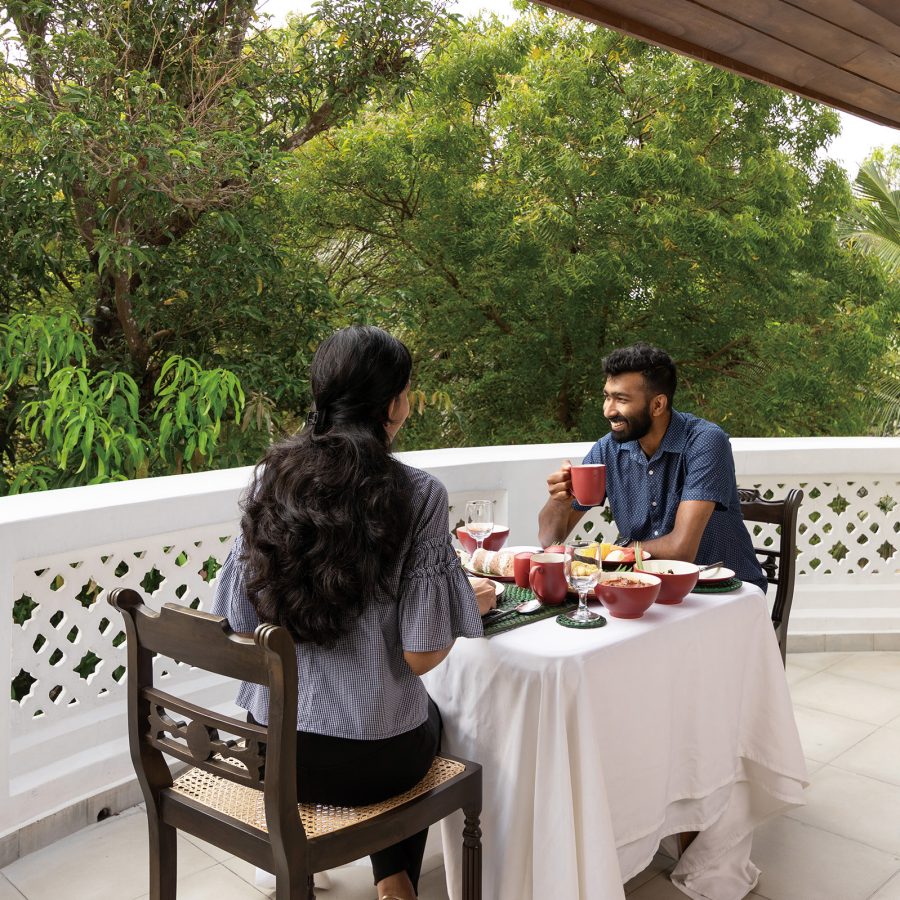
Where to stay
Jetwing Mahesa Bhawan
Arriving at this beautifully restored, Jaffna-style villa feels like being welcomed home. You’re greeted with a tilak blessing before entering the intimate abode. Your every need is then taken care of by three members of staff that feel more like family. The highlight of my stay was chef Meg’s cooking – she even invited me into her kitchen for a lesson.

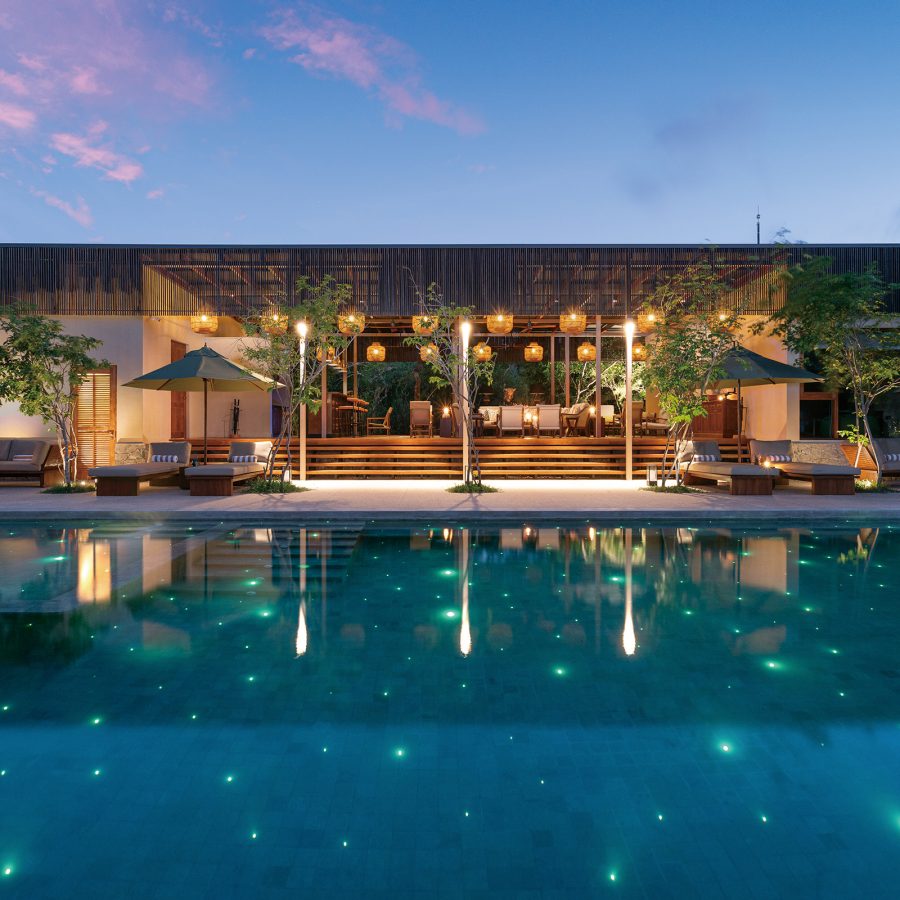
Taru Villas Villu
From the moment you enter the grounds of Taru Villas Villu , you’re immersed in nature. Monkeys play in the trees and on the decking outside your villa, while elephants have been known to pay a visit. My sunrise bike ride through local rice fields and sunset kayak down Uppu Aru (salt river) were unforgettable – as, of course, was the safari.
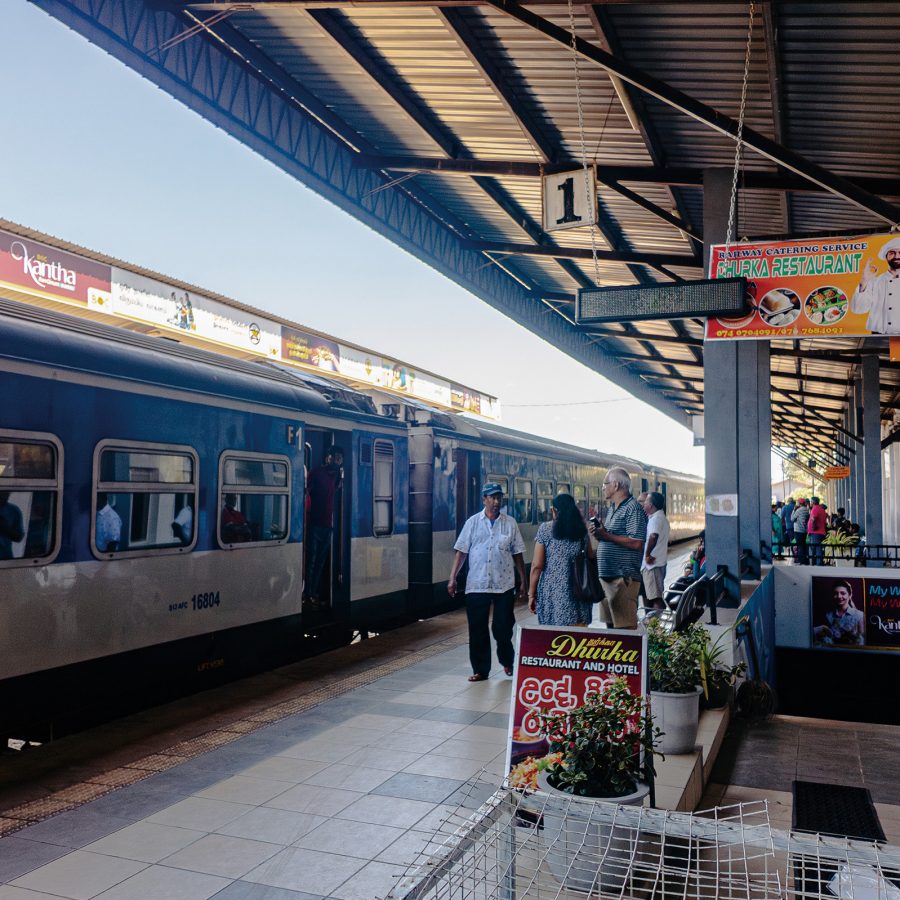
Credit: Charlie Robertson
What to know
Travellers can (and should) book train tickets up to one month in advance through the Sri Lanka Railways website . Cars should also be booked ahead through a local taxi company.
For the best Jaffna experience, use a local tour company – it’s a long drive between destinations and it’s useful to have an English-speaking guide on hand who can share their knowledge and help with language barriers.
Be respectful of local customs. Women should opt for comfortable yet modest clothing that covers both shoulders and knees. When entering a temple, remove your shoes and put your cameras away.
More inspiration
Sri Lanka travel information
- China – the Chinese Mainland, Hong Kong SAR, Macao SAR and Taiwan Region
- Hong Kong SAR - English
- Chinese Mainland (China) - English
- Taiwan, China - English
- 香港特別行政區 - 繁體中文
- 中国內地 - 简体中文
- 中國台灣 - 繁體中文
- Africa
- South Africa - English
- Asia
- Bangladesh - English
- Korea - English
- Singapore - English
- Cambodia - English
- 한국 - 한국어
- Sri Lanka - English
- India - English
- Malaysia - English
- Thailand - English
- Indonesia - English
- Maldives - English
- ประเทศไทย - ภาษาไทย
- Indonesia - Bahasa Indonesia
- Myanmar - English
- Vietnam - English
- Japan - English
- Nepal - English
- Việt Nam - tiếng Việt
- 日本 - 日本語
- Philippines - English
- Australasia
- Australia - English
- New Zealand - English
